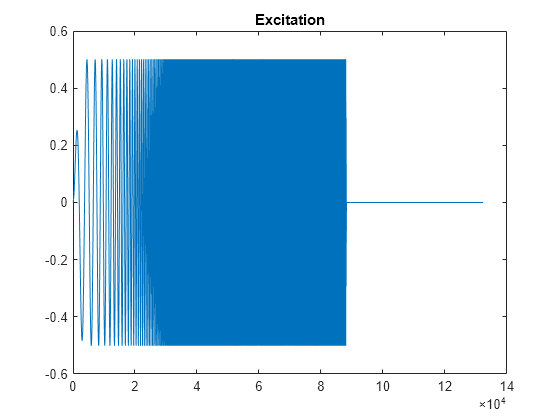sweeptone
Exponential swept sine
Syntax
Description
excitation = sweeptone()
excitation = sweeptone(swDur)
excitation = sweeptone(swDur,silDur)
excitation = sweeptone(swDur,silDur,fs)fs Hz.
excitation = sweeptone(___,Name=Value)
Examples
Input Arguments
Name-Value Arguments
Output Arguments
References
[1] Farina, Angelo. "Advancements in Impulse Response Measurements by Sine Sweeps." Presented at the Audio Engineering Society 122nd Convention, Vienna, Austria, 2007.




